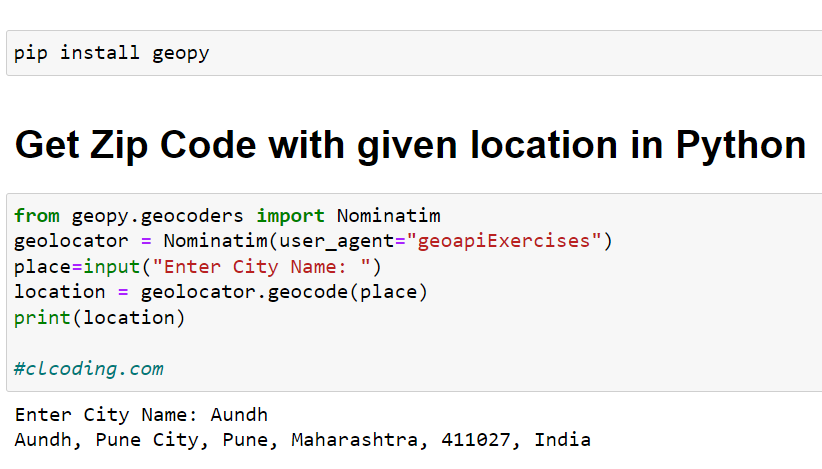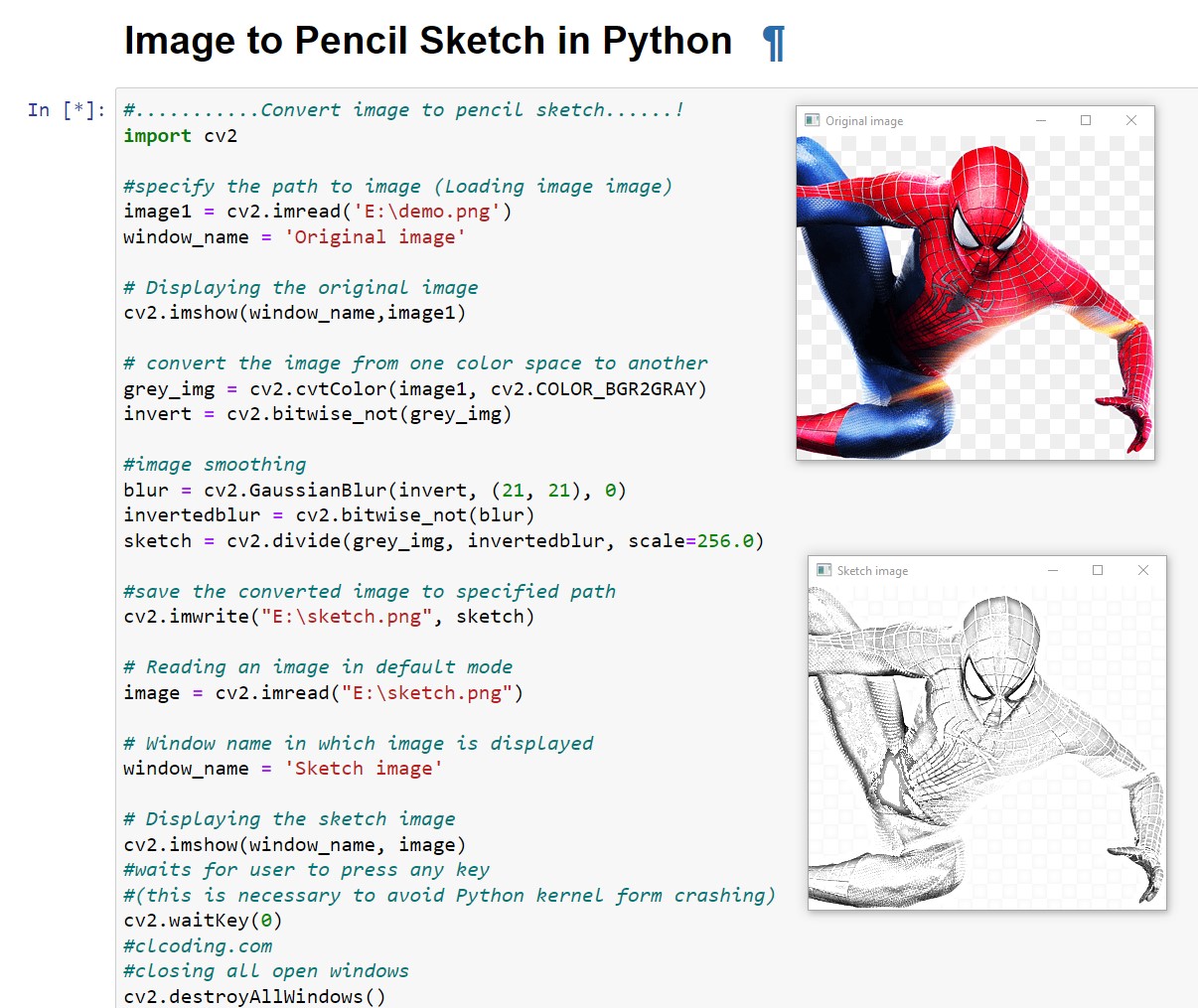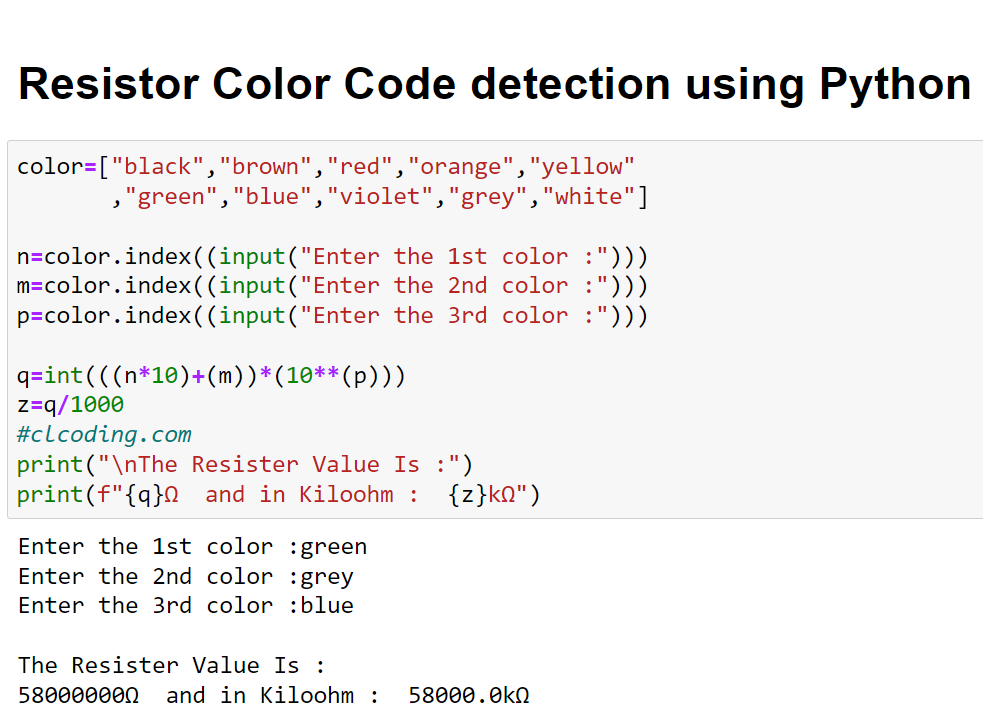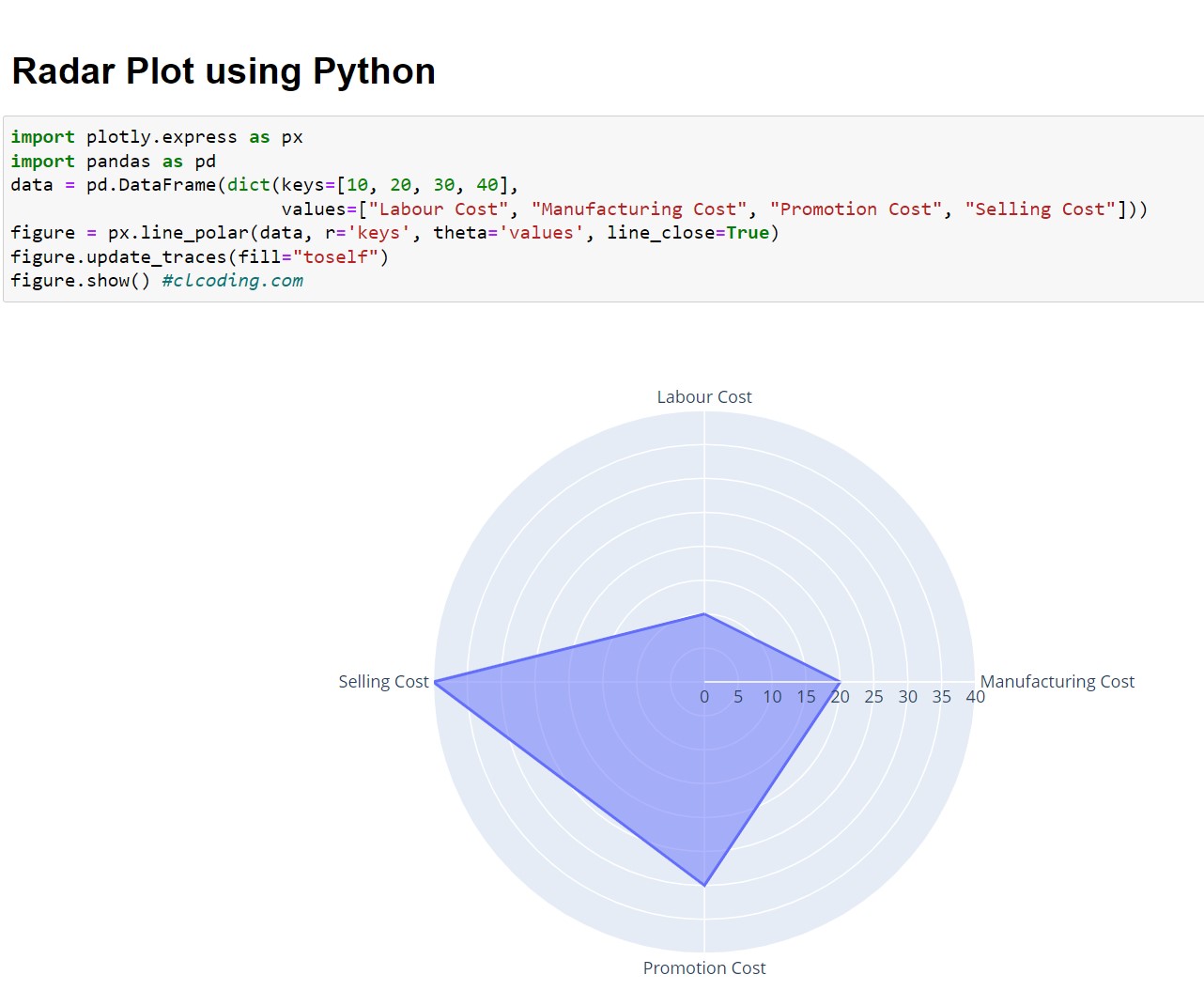import sys, time
def progressBar(count, total, suffix=''):
barLength = 60
filledLength = int(round(barLength * count / float(total)))
percent = round(100.0 * count / float(total), 1)
bar = '=' * filledLength + '-' * (barLength - filledLength)
sys.stdout.write('[%s] %s%s ...%s\r' % (bar, percent, '%', suffix))
sys.stdout.flush()
for i in range(10):
time.sleep(1)
progressBar(i, 10)
#clcoding.com
[======================================================------] 90.0% ...























.png)















.png)
s.PNG)





















